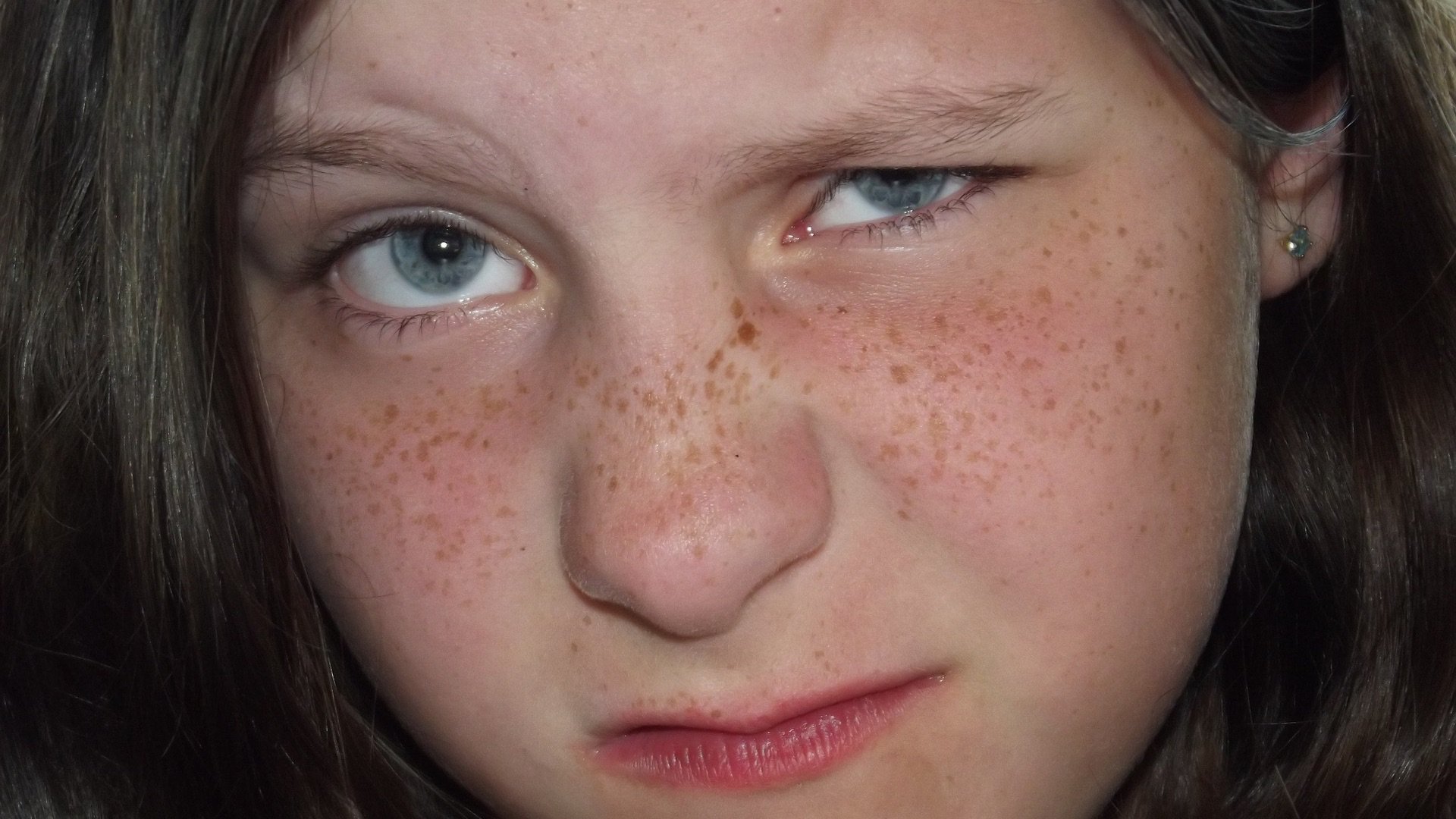What's Behind the Disgust Response?
Among neuroscientists, disgust is seen as a motivational system that evolved to help us avoid dangers such as pathogens or toxins.

Science can explain the emotion of disgust. Photo credit: Public Domain
As social creatures, we have a tendency to form connections with people we feel are similar to ourselves. On the other hand, we can stigmatize and marginalize groups we do not identify with, stereotyping them as morally corrupt or disgusting. We wondered: What’s behind the disgust response? Is the emotional response that might make someone recoil from potato salad that’s been in the fridge too long scientifically related to the impulse to avoid a person on the sidewalk or negatively stereotype an entire group of people?
Among neuroscientists, disgust is seen as a motivational system that evolved to help us avoid dangers such as pathogens or toxins. Seen this way, the human body’s visceral disgust response—which includes symptoms like nausea or a reduced appetite—makes a lot of sense. Through such a reflex, the human body attempts to rid itself of dangerous substances or materials, or prevent itself from coming into contact with them.
Why, then, do we have the capacity to become disgusted in situations that do not pose an immediate threat to our well-being? The visceral reaction we have to things we find repulsive, including negative responses to people or behaviors, is not innate, but learned.
A recent study headed by self-proclaimed “disgustologist” Val Curtis at the London School of Hygiene and Tropical Medicine found that there might be different categories of disgust, one of which is atypical appearance. It may be this aspect of disgust that drives repulsion from people we see as different from ourselves. According to social neuroscientist Susan Fiske, “Disgust toward social outcasts avoids perceived moral and infectious contamination.” We may implicitly believe that there is something dangerous about someone that looks different from ourselves.
Psychologists at St. Andrews University demonstrated how disgust relates to social groups by asking students to smell sweaty t-shirts. Students were faster to sanitize their hands after smelling shirts with a rival university’s logo than they were after smelling one with their own university’s logo.
Simply by changing the identity of who was wearing the shirt, researchers saw a change in the students’ response. This result suggests that social groupings have something to do with a disgust response.
When we interact with others in social situations, or process social information, our brain’s medial prefrontal cortex (mPFC) is active. Social neuroscientists Susan Fiske and Lasana Harris found that the mPFC was less active when Princeton undergraduates were asked to make judgments about marginalized groups such as the homeless or people with substance use disorders. Furthermore, this lowered mPFC activity was coupled with brain responses indicative of a disgust response.
In a follow-up study, Fiske and Harris asked students to consider these individuals’ food preferences. When students were asked to evaluate whether the people in various images liked vegetables or not, their mPFCs showed increased activity. This change in brain response upon thinking about a person’s individual characteristics suggests that we may be less likely to stigmatize a group of people if we put ourselves in their shoes.
Fiske says that “people can overcome disgust by individuating the other, thinking about their mind, needs, and preferences.” When we consider others—no matter how different they seem from us —thinking of them as people with wants and needs is key to remaining unbiased, especially when determining the fate of an entire group.